12 Jyotirlingas in India
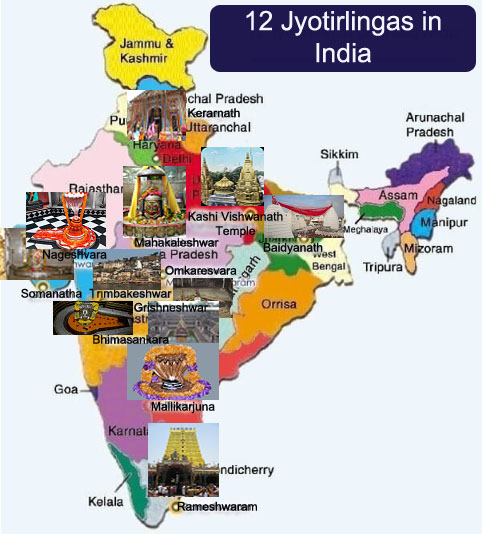
Lord Shiva is worshiped in the form of a Shiv Lingam which is a devotional representation of the Supreme God Shiva. Jyotirlingas where Jyoti means ‘radiance’ while Lingam means ‘Image or Sign‘ of Shiva. Lord Siva is really formless. He has no form of his own and yet all forms are His forms. All forms are pervaded by Lord Siva. Every form is the form or Linga of Lord Siva.
There is a mysterious power or indescribable Sakti in the Linga, to induce concentration of the mind. Siva Linga speaks to you in the unmistakable language of silence: “I am one without a second, I am formless”.
A Siva Linga consists of three parts, the lowest of which is the Brahma-Pitha, the middle one, the Vishnu-Pitha, and the uppermost one, the Siva-Pitha. The jyotirlinga is the Supreme Siva, partless reality, out of which Shiva appeared in another Form, Lingodbhava. The jyotirlinga shrines are Temples where Shiva appeared as a fiery column of light.
Originally there were believed to be 64 jyotirlingas out of which 12 of them are considered highly auspicious and holy. Each of the twelve jyotirlinga sites takes the name of the presiding deity, each considered a different manifestation of Shiva.
In a verse of Sanskrit the 12 Jyotirlingam is:
Saurāṣṭre Somanāthaṃ ca Śrīśaile Mallikārjunam.
Ujjayinyāṃ Mahākālam Omkāram Mamleśhwaram.
Paraly Vaidyanāthaṃ cha Ḍākinyāṃ Bhīmaśhaṅkaram.
Setubandhe tu Rāmeśaṃ Nāgeśhaṃ Dārukāvane.
Vārāṇasyāṃ tu Viśveśaṃ Tryambakaṃ Gautamītaṭe.
Himālaye tu Kedāraṃ Ghuśmeśaṃ ca Śivālaye.
etāni jyotirliṅgāni sāyaṃ prātaḥ paṭhennaraḥ.
saptajanmakṛtaṃ pāpaṃ smaraṇena vinaśyati.
eteśāṃ darśanādeva pātakaṃ naiva tiṣṭhati.
karmakṣayo bhavettasya yasya tuṣṭo maheśvarāḥ.
|| iti dvàdasa jyotirlimgàni ||
The verse can be translated into English as
Somanath in Saurashtra and Mallikarjunam in Shri-Shailam
Mahakaal in Ujjain, Mamleshwar in Omkareshwar
Vaidyanath in Chitaobhoomi, Jharkhand or Parali in Maharasthra and Bhimashankaram in Dakinya
Ramesham (Rameshwaram) in Sethubandh, Nagesham in Daruka-Vana
Vishwa-Isham (Vishvanath) in Vanarasi, Triambakam at the bank of the river Gautami;(Godavari)
Kedar (Kedarnath) in Himalayas and Grushnesh (Gushmeshwar) in Shivalaya (Shiwar)
One who recites these Jyotirlingas every evening and morning
is relieved of all sins committed in the past seven lives.
Also Read: A Surprising Facts About Shiva Temples
12 Jyotirlingas or Dwaadasa Jyotirling means the 12 Linga that has emerged in the form of Jyothi (Flame). Originally there were believed to be 12 Jyotirlingas. The most important thing here is that – the 12 jyotirlingas are Swayambhu Lings – which have emerged on their own; which were neither carved nor were a result of any human creation.
The 12 Jyotirlingas in India
1. Somanatha in Saurashtra (Gujarat)
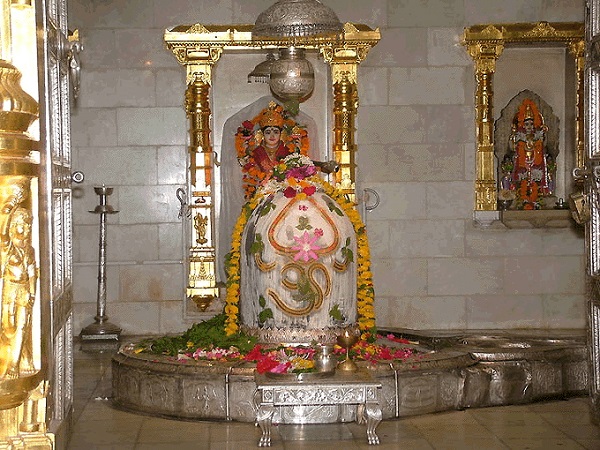
Somanatha means “The protector of Moon God” and the temple is called “The shrine Eternal” as it has been destroyed six times by Muslim invaders and build six times.
2. Mallikarjuna in Srisaila (Andhra Pradesh)
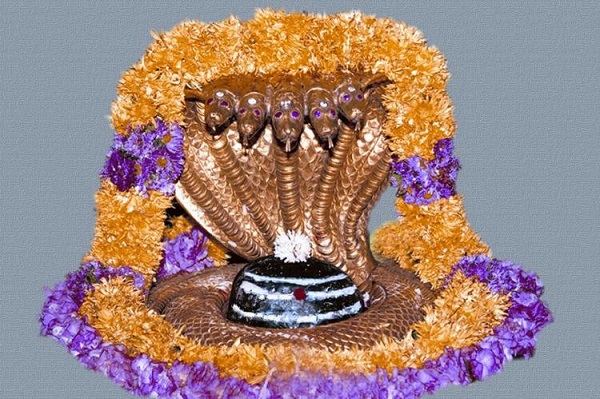
Sri Bhramaramba Mallikarjuna Temple or Srisailam Temple is one of the twelve Jyothirlingas of Lord Shiva and one of the eighteen Shakti Peethas of goddess Parvati. Shiva is worshiped as Mallikarjuna, and is represented by the lingam and his consort Parvati is depicted as Brahmaramba, It is one place where Shakti Peeta and Jyothirlingas are together.
3. Mahakaleshwar in Ujjain (Madhya Pradesh)
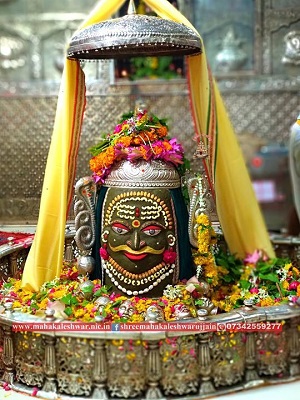
Mahakaleshwar Jyotirlinga is situated on the side of the holy river Shipra. The presiding deity, Lord Shiva in the lingam form is believed to be Swayambhu, deriving currents of power (Shakti) from within itself as against the other images and lingams that are ritually established and invested with mantra-shakti.
4. Omkaresvara in Amalesvara on the banks of Narmada (Madhya Pradesh)
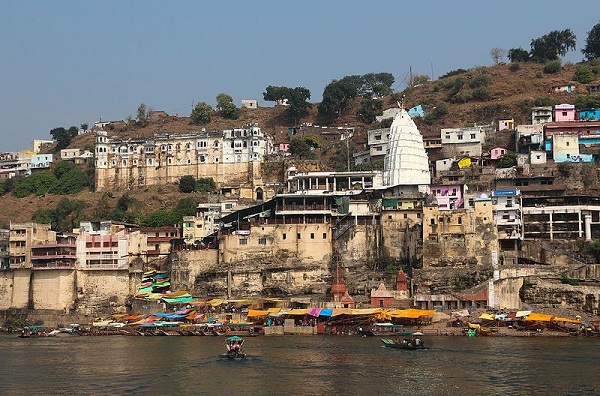
There are two main temples of Lord Shiva here one is located on an island called Mandhata or Shivapuri in the Narmada river and the shape of the island is said to be like Hindu Om Symbol, and one to Amareshwar located on the south bank of Narmada River on the mainland. Jyotirlinga of Omkareshwar is not set to the ground but by nature is set up there with water surrounding it. Water is always filled around Omkeshwar Shiva linga.
5. Kedarnath in the Himalayas (Uttar Pradesh)
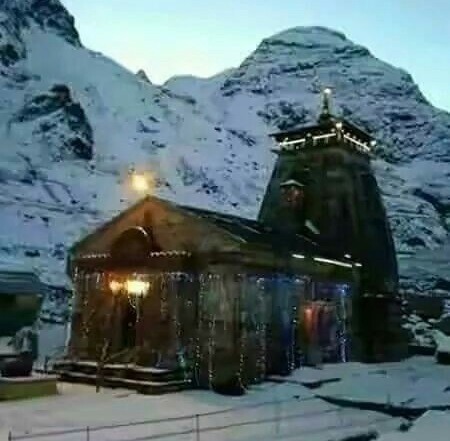
Kedarnath Temple is situated near the Mandakini river, Kedarnath in Uttrakhand. The temple is open to the public only six months of a year due to extreme weather. It is open between the months of April (Akshaya Tritriya) and November (Kartik Purnima, the autumn full moon). Kedarnath temple is a part of Char Dhams Yatra, and the Swyambhu Shivling located in the temple is immemorial.
6. Bhimasankara in Pune (Maharashtra)
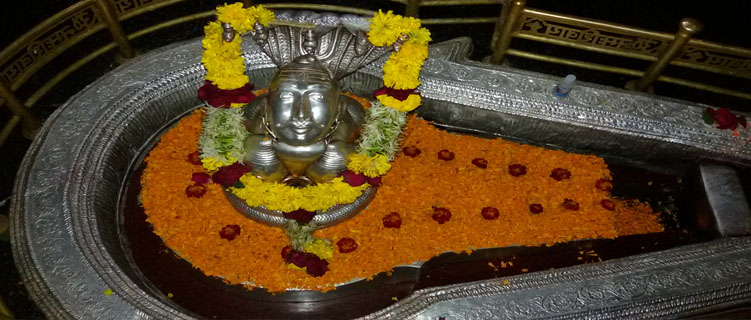
Bhimasankara Temple is located in Pune, in the ghat region of the Sahyadri hills in the village of Bhavagiri. It was excavated in the year 1974, having quadrangular shakti around the Linga and decorated by a Upavita as per the puran.
7. Rameshwar in Setubandh (Tamilnadu)
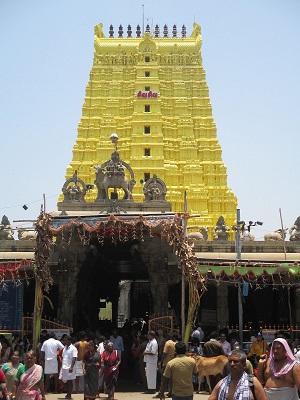
It is revered as the southernmost of the twelve Jyotirlinga shrines of India. The temple has the longest corridor among all Hindu temples in India. Lingam of Ramanathaswamy (Shiva), is believed to have been established and worshiped by Rama to absolve him of the sin committed by killing a brahmin Ravana in Sri Lanka.
8. Nageshvara in Darukavana (Gujarat)
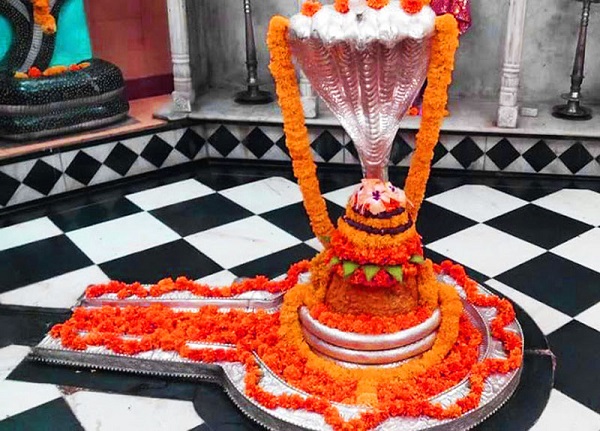
It is one of the 12 Jyotirlinga shrines mentioned in the Shiva Purana. Nageshwar God is the God of Nagas (serpents). It is said that those who pray to the Nageshwar Linga become free of poison.
9. Kashi Vishwanath Temple in Varanasi or Banares (Uttar Pradesh)
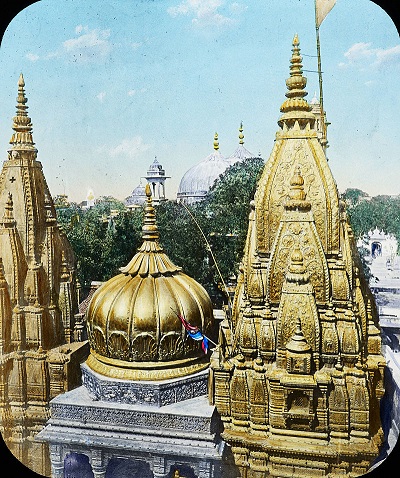
Kashi Vishwanath Temple is one of the most famous Hindu temples dedicated to Lord Shiva. It is located in Varanasi, Uttar Pradesh, India. The Temple stands on the western bank of the holy river Ganga and is one of the twelve Jyotirlingas, the holiest of Shiva Temples.
10. Trimbakeshwar temple on the banks of Godavari in Nasik (Maharashtra)
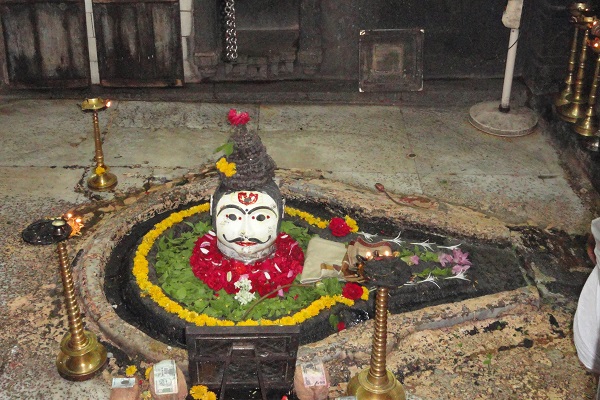
Trimbakeshwar temple is located between three hills, namely Brahmagiri, Nilagiri and Kalagiri and is the origin of the sacred Godavari river is near Trimbak. The temple has three lingams (an iconic form of Shiv) representing Shiv, Vishnu and Brahma.
11. Baidyanath Temple or Vaidyanath Jyotirlinga (Jharkhand)
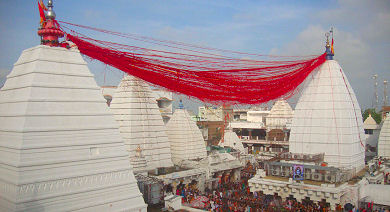
Also known as Baba Baidyanath dham and Baidyanath dham is one of the twelve Jyotirlingas, and is associated with Ravana who worshiped lord Shiva at this site to get boons.
12. Grishneshwar temple Aurangabad (Maharashtra)
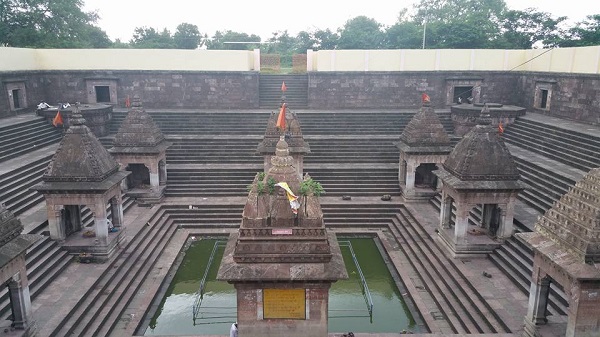
Grishneshwar temple, sometimes referred to as the Ghrneshwar or Dhushmeshwar temple. Among all the twelve Jyoti Ling of Lord Shiva and Grishneshwar is considered the twelfth and last Jyotirling.
In Southern India, there are five famous Siva Lingas that represent the five elements.
1. In Kanjivaram (Tamilnadu), there is Prithvi Lingam.
2. In Tiruvanai Koil (Tamilnadu), there is Appu Lingam. The Lingam is always in the water. Tiruvanai Koil is otherwise known as Jambukesvaram.
3. In Kalahasti (Andhra Pradesh), there is Vayu Lingam.
4. In Tiruvannamalai (Tamilnadu), there is Tejolingam (Arunachalesvaram).
5. In Chidambaram (Tamilnadu), there is Akasa Lingam.






